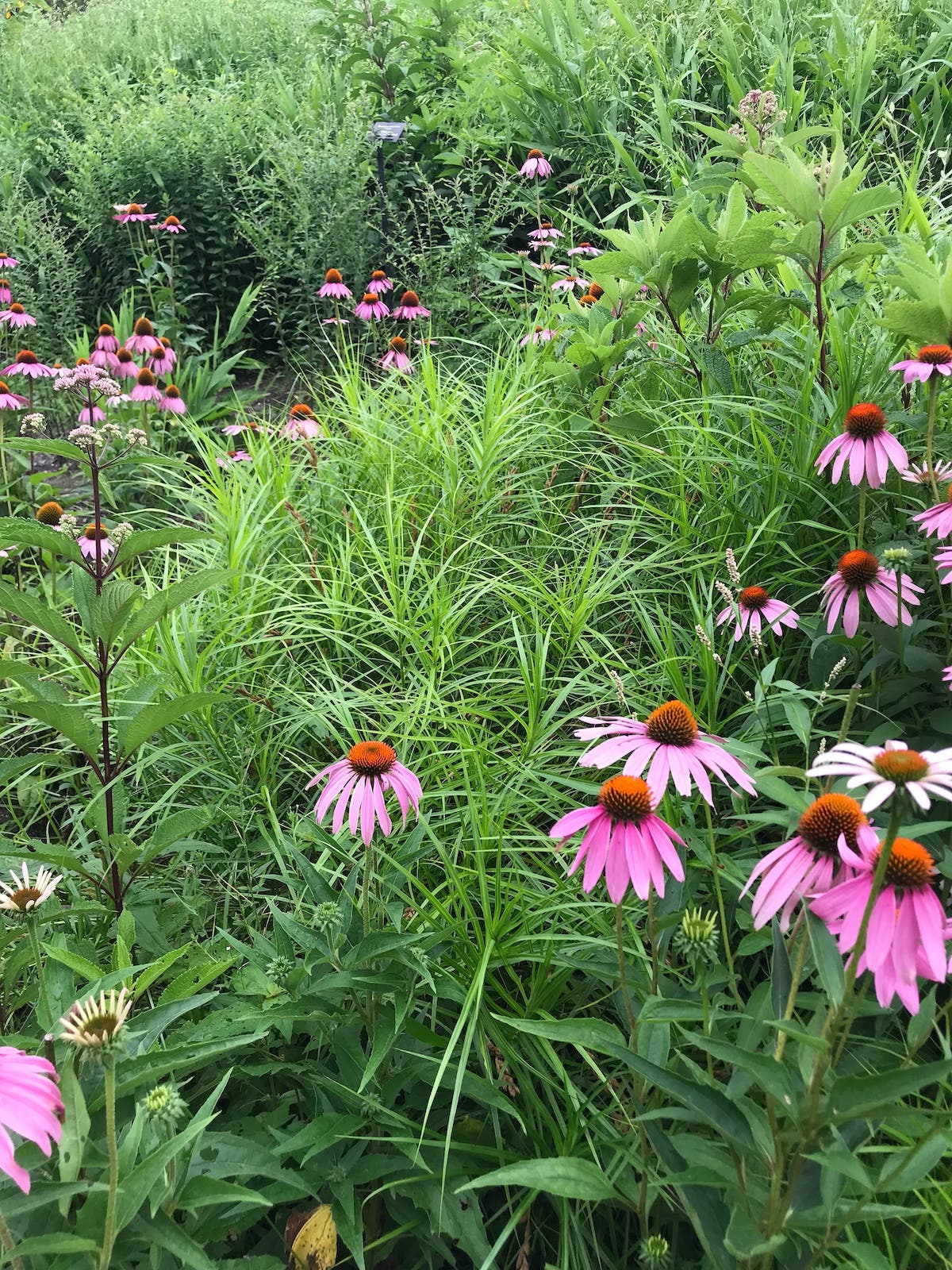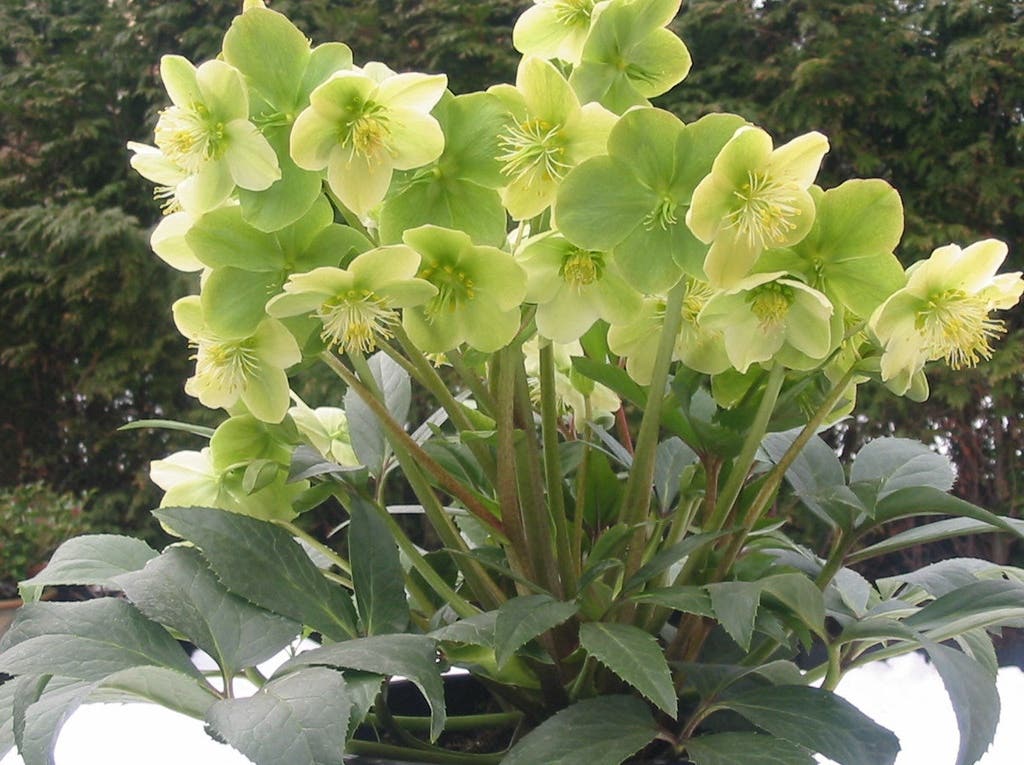Crabapples: Classic Spring-Flowering Trees for Any Garden Space
Here’s our advice on growing crabapples, plus 10 favorite varieties for size, flower, fruit, foliage and form.
Is there a more versatile tree than crabapples (Malus)? These ornamental wonders are among the most popular garden trees, delivering multiseason interest in all shapes and sizes.
And crabapples keep getting better! New varieties offer disease resistance to apple scab and other issues that have plagued these members of the rose family (Rosaceae). But we can’t forget the existing varieties whose classic spring blooms have earned them spots on the favorite list of gardeners and pollinators alike.
Of course, fruit is a hot topic with crabapples. Many gardeners love the colorful pomes because they attract wildlife, including songbirds, and they provide winter interest. Other gardeners prefer to not deal with dropped fruit making a mess of sidewalks and lawns. No matter your preference, you can find a variety to match it, because there are heavy-fruiting as well as fruitless crabapples!
How to grow crabapples
Exposure: Full sun
Soil: Crabapples tolerate a range of soils, but they perform best in well-drained, moderately fertile, slightly acidic ground.
Water: Fairly drought tolerant once established.
Pruning: Prune in late winter (before growth starts) to maintain air flow through the canopy. Remove no more than a quarter of the total canopy in one year. Thin the canopy by taking out water sprouts (thin, weak, vertical shoots), dead or damaged wood and branches that grow inward or rub against others. Cut suckers from the tree’s base.
Diseases: Apple scab, cedar apple rust, fireblight, powdery mildew are concerns. Many cultivars have been developed to resist these disease. Good air circulation and moderate watering can reduce mildew. Cedar apple rust requires two different hosts: a juniper (usually eastern redcedar, or Juniperus virginiana) plus an apple, crabapple, hawthorn (Crataegus) or quince (Cydonia oblonga). The two hosts can be growing as far apart as one mile, so planting resistant varieties is the most practical deterrent.
Top 10 varieties
From tall and upright to short and weeping, there’s plenty of crabapples to choose from. If you have limited space, these trees add a natural look in small groups or as a specimen. I’ve had the pleasure of working with crabapples for several years, and here are 10 standouts:
Small crabapples
Sargent Tina (Malus sargentii ‘Tina’): If you need a small specimen, Sargent Tina has you covered. Maturing at 5 feet tall and 6 feet wide, it remains the most petite crabapple on the market. Profuse fragrant white blooms and red fall fruit draw the eye. USDA Zones 4–8. Image by Peter Stevens/CC BY 2.0
Firebird® (Malus sargentii ‘Select A’): This compact tree was selected for its gorgeous white flowers and bright red fruit. And the fruit remains on the trees all winter (or until the birds snatch it)! When it's young, Firebird grows upright but it starts to spread out as it matures. Slow growing, it stays about 8 feet tall with a 12-foot-wide crown. Firebird shows excellent resistance to apple scab and fireblight. Zones 4–8. Image courtesy of J. Frank Schmidt & Son, Co.
Lollipop (Malus x‘Lollizam’): If you want a formal tree for limited space, Lollipop is a great choice. It has a globe-shaped canopy that remains 10 feet high and 10 feet wide. While it produces red fruit, its main highlights are its white blooms and tidy branch structure, nice for year-round architecture. It also possesses impressive disease resistance. Zones 4–8. Image courtesy of Proven Winners.
Varieties with interesting growth habit
‘Louisa’ (Malus ‘Louisa’): Few colors catch our attention like pink, especially in spring. And Louisa goes the extra mile with a distinctive weeping habit that shines almost anywhere. It looks great on its own or mixed with perennials and small shrubs. It needs a little space at 10 feet tall and 12 feet wide, it but remains a top choice among dwarf crabapples. Zones 4–8. Image courtesy of J. Frank Schmidt & Son, Co.
Green Wall Spire (Malus xadstringens ‘Jefwall’): Are you looking for a tall, narrow hedge? This newer crabapple from First Editions has a columnar habit with multiseason interest, including pink buds that transform into white flowers. While it grows 18 to 20 feet tall, its spread is only 5 to 6 feet wide—making this crab a unique option for adding privacy. As a bonus, the tree retains its fruit in winter rather than dropping it. Zones 2–8. Image courtesy of First Editions Shrubs & Trees.
Adirondack (Malus ‘Adirondack’): Last spring, I visited the Green Bay Botanical Gardens and was captivated by their display of ‘Adirondack’ crabapples. Their trees surround a circular patio and form a wall of white blooms. While the flowers stood out, each tree’s elegant shape was also intriguing. With a height of 18 feet and spread of 10, its vase-like crown leaves space for creative underplanting. An award-winning introduction from the US National Arboretum, it delivers orange-red fruit and excellent disease resistance. Zones 4–8.
Crabapples with good foliage and fruit
Raspberry Spear® (Malus ‘JFS KW213MX’ PP 31076): This newer selection goes beyond the flowers to provide colorful summer foliage, too. In spring, the crown is covered in bright magenta blossoms that give way to dark purple leaves. As winter arrives, the foliage takes on a bronze and then orange cast, backing deep red fruit that lingers on the tree for later interest. Raspberry Spear maintains a tightly columnar habit, reaching 20 feet tall and 8 feet wide. Zones 4–8. Image courtesy of J. Frank Schmidt & Son, Co.
Golden Raindrops® (Malus ‘Schmidtcutleaf’): This one stands out for its yellow fruit and deeply lobed foliage, reminiscent of an oak. Spring brings abundant white blooms that transform into tiny golden-yellow fruits that cover the branches into early winter. A unique addition to the garden, this elegant tree has a final size of 20 feet high and 15 feet wide with horizontal branching. Golden Raindrops can be prone to fireblight, but it has excellent resistance to other crabapple diseases. Zones 3–8. Image courtesy of J. Frank Schmidt & Son, Co.
Fruitless crabapples
Courageous (Malus x ‘Durlawrence’): I’ve spent many hours cleaning up messy fruit on sidewalks, and I bet some of you can relate. Courageous, a First Editions tree, gives you bright pink fragrant flowers without this problem, because it produces little to no fruit at all. Seasonal interest can be found in the leaves, which begin maroon, turn to greenish bronze for summer then shift to yellow-orange in fall. At 20 to 25 feet tall and 15 to 20 feet wide, it makes an impressive specimen with improved performance. Zones 2–7. Image courtesy of First Editions Shrubs & Trees.
‘Prairie Rose’ (Malus ioensis ‘Prairie Rose’): When I saw this tree for the first time, I was stunned by its double blooms. They reminded me of rosebuds and looked distinctly larger than other crabapple flowers I've seen. A selection of a Midwest-native species, ‘Prairie Rose’ was introduced by the University of Illinois. It has a rounded crown and grows to 20 feet tall and 18 feet across. While it's susceptible to apple cedar rust, it has good resistance to apple scab and it sets no fruit. Zones 3–7. Image courtesy of J. Frank Schmidt & Son, Co.







